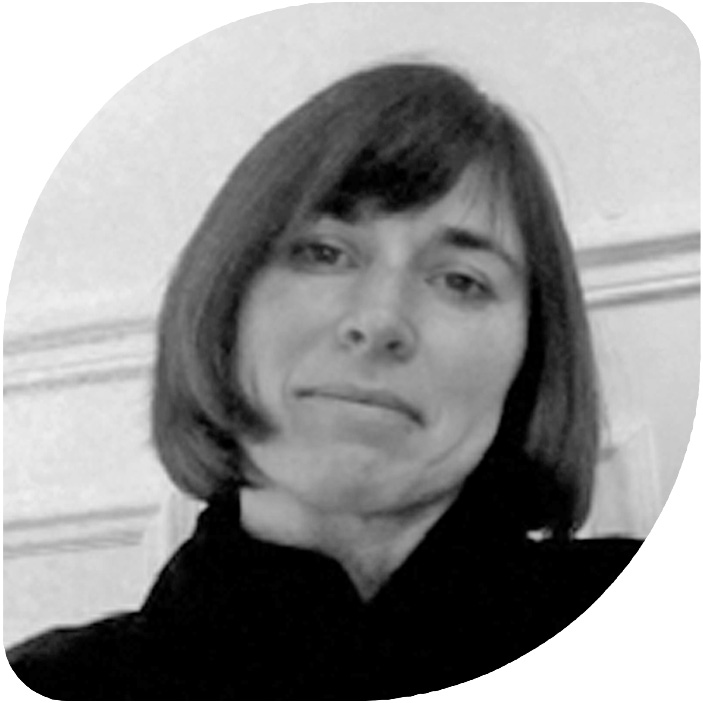
Karin Helms is Landscape Architect DPLG, Professor at AHO, The Oslo Architect and Design school, Norway, teaching at the Landscape Architecture and Urbanism institute. She holds a PhD by Practice by RMIT Barcelona (part of RMIT Melbourne) researching on participatory methods to act on large cultural landscapes in transformations acting toward anticipatory histories. For her research she received an EU Marie Curie grant trough the ADAPT-r programme in 2015-2016. For 14 years she had been the Head of the Design department at ENSP Versailles and set up the international office. She is the originator and founder of European Master: EMiLA, run by five European schools/universities (www.emila.eu).
She studied Biology in Italy and later Landscape Architecture in Belgium and received her landscape architect Diploma by ENSP Versailles. She created her office „Karin Helms, Paysagiste Sarl” in 1993 She received more prizes: a national prize for her work at Folleville, a rural village in Picardie from the French Ministry of Environment.
She has been Landscape State advisor during 20 years (1999-2020) in Upper Normandy, Alsace and Aube province. Karin has been active in different Associations for the promotion of the profession such as EFLA , FFP, APCE and is currently President of IFLA EUROPE.
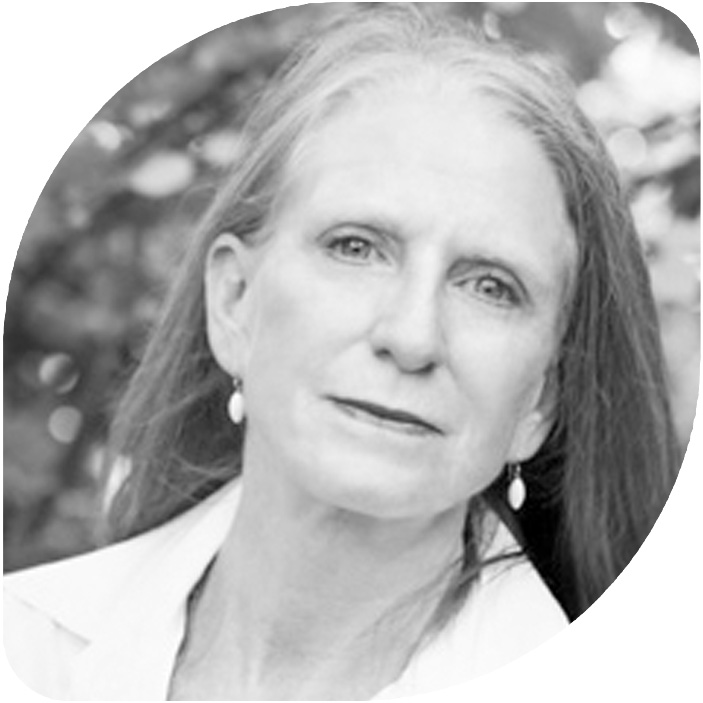
Jury Rosa Barba 7
Kathryn Gustafson was born in the state of Washington, USA, and was educated at the University of Washington in Seattle, the Fashion Institute of Technology in New York and the Ecole National Supérieure du Paysage in Versailles where she received her diploma in 1979. Kathryn Gustafson brings over 25 years of distinguished practice to Gustafson Porter. Her award-winning work includes a widely known series of projects in France, and recently acclaimed projects have ranged throughout Europe, North America, and the Middle East. Kathryn's design work has been predominantly civic, institutional, and corporate. Projects have ranged in scale from a tenth of an acre to 150 acres, including parks, gardens, and community spaces. Two partner offices, Gustafson Porter in London and Gustafson Gutrie Nichol in Seattle, continue to evolve the design approach of Gustafson's work into new contexts of time, culture, and nature. Kathryn Gustafson is an Honorary Fellow of the Royal Institute of British Architecture and a medalist of the French Academy of Architecture. She is the recipient of the ASLA Design Medal, the Chrysler Design Award, London's Jane Drew Prue and the Arnold W Brunner Memorial Prize for Architecture 2012.
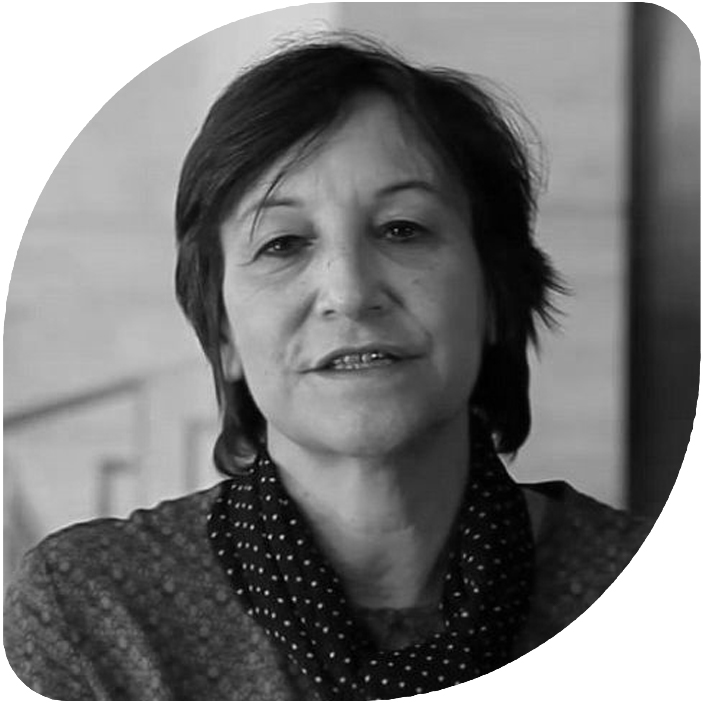
Jury Rosa Barba 7
She is an architect, graduated from the Barcelona School of Architecture (ETSAB) in 1980. In 1985 she obtained a Diploma from the Polytechnic University of Catalonia in Landscape Architecture. She has been a professor of Architectural Projects Design at ETSAB since 1987. She has also taught in the Master’s Degree in Landscape Architecture at the UPC. She began her carreer as an architect of the Barcelona City Council's Elements and Urban Projects Service, during the period 1981 to 1986, carrying out several projects in the public space. Since 1985 she has been sharing professional activity with Pere Joan Ravetllat Mira, with whom she has carried out several projects, both in the field of housing, as well as in the area of facilities or public space.
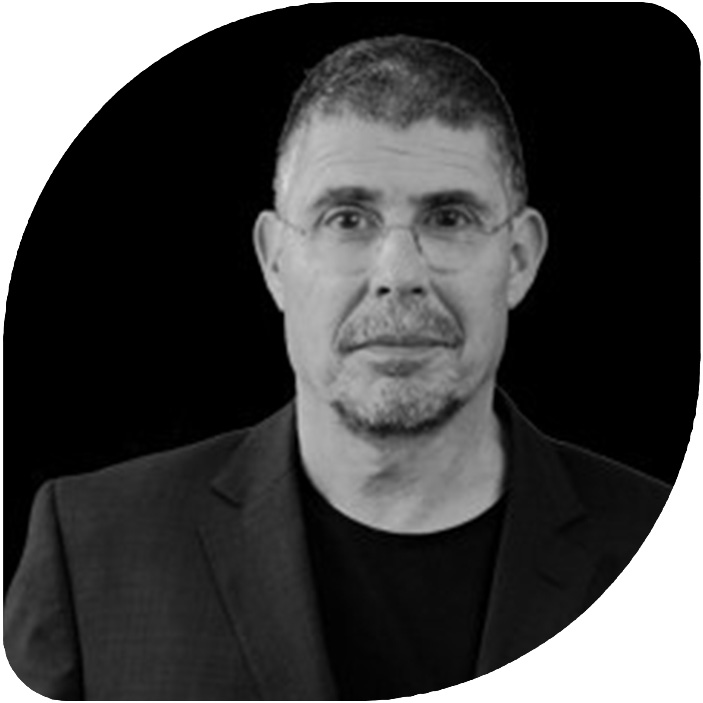
Jury School Prize 8
Dean of the ETSAB (Architecture University of Barcelona). Since 1983, Jordi Ros is Architect professor in ETSAB, center that has served as deputy director. He has also been head of the Section of Barcelona, Department of Architectural Design (1996-1999), visiting professor at North East London Polytechnic (1991), London, and Professor of International Laboratory of Architecture and Urban Design (1985), with presence in several countries. He has also been a visiting researcher at the London Metropolitan Architecture (2009), also of London, and the Department of Architecture at the Illinois Institute of Chicago (2007). Assists in the DPA Magazine, published by the Department of Architectural Design, since 1996.
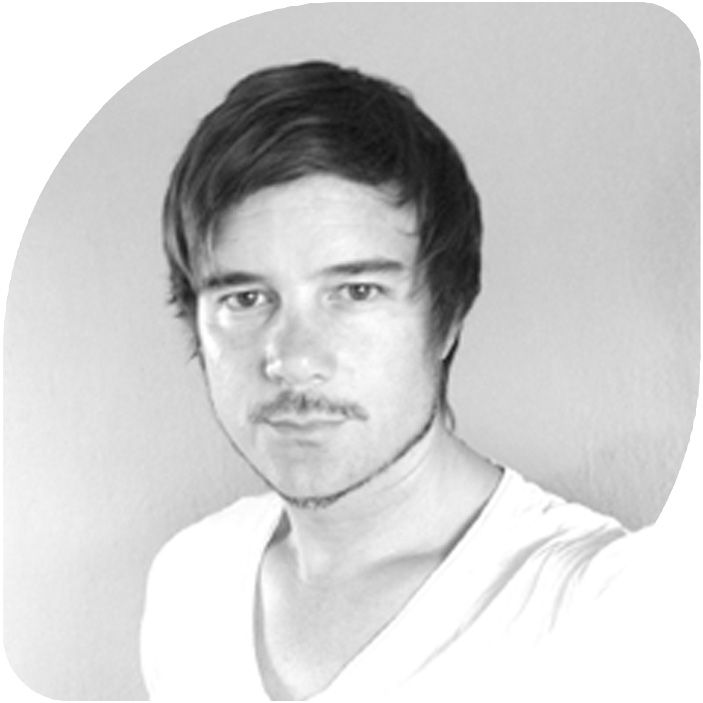
Jury School Prize 8
Born in his beloved German Alps in 1976, Chris is a creative, multi-disciplinary designer and problem solver. After his studies, Christian and his friends set up a landscape architecture office in Berlin and successfully entered the interdisciplinary German architecture competition scene. At the end of 2006, Chris left for a creative year in Thailand with various independent art & design projects and studies. Fascinated about the Asian culture, he decided to extend his stay in Bangkok. He started to run his own Design Thinking Workshops, participated in the Bangkok Design Festival and since 2008 he has been teaching at the School of Architecture & Design at King Mongkut’s University of Technology Thonburi,Thailand.








